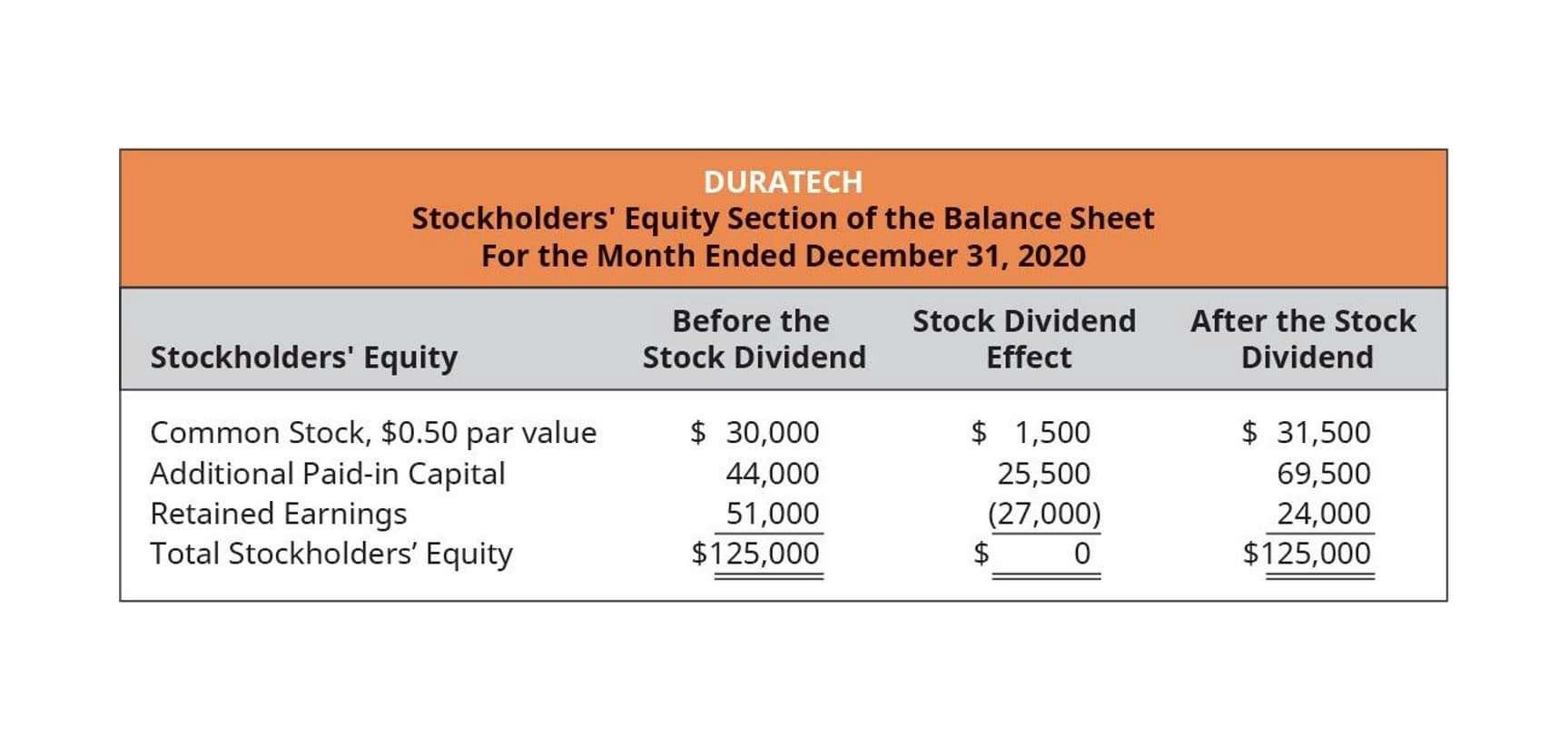Oil and Gas Accounting Methods: Successful Efforts SE v Full Cost FC & What You Need To Know
- Thiago Eleocadio
- 16 de janeiro de 2023
- Bookkeeping
- 0 Comments

By understanding the factoring process, businesses can align their financial strategies and decide on the best approach for their unique situation. In full cost accounting, if an oil company spends $100 million on exploratory wells and only two out of ten are successful, it capitalizes the entire cost, allocating it across the discovered reserves. This annual publication provides an update on accounting, tax, and regulatory matters relevant to the oil and gas industry.

Asset Retirement Obligations

Full cost accounting allows oil and gas companies to incorporate all expenditures related to the exploration and development of new reserves into the capital assets on the balance sheet. This method does not distinguish between successful and unsuccessful efforts; rather, it treats all costs as capital investments. Adopting the successful efforts accounting method can substantially impact a company’s net income and cash flow reporting. Since unsuccessful exploration costs are recorded as expenses immediately, a company may report higher expenses and lower net income in periods of unsuccessful exploration. However, cash flow is less affected initially as the cash outlay has already occurred, regardless of whether bookkeeping the costs are capitalized or expensed. Over the long term, this method may result in more volatile earnings but provides a clearer view of the costs related directly to successful exploration efforts.
What Is The Process Of Implementing Factoring Solutions?

This split can vary significantly depending on the terms negotiated and the level of production achieved. Work with an experienced team to understand what financial statements are absolutely Accounting For Architects vital to review on a periodic basis and an idea of what numbers will look like and what to expect. Deciphering income statements and cash flow can often be challenging with either method, so it is imperative to have a team in place that has the right expertise to help you charter that territory successfully. However, without the subsequent discovery of new reserves, the resulting decline in periodic production rates will later begin to negatively impact revenues and the calculation of DD&A for both a SE and FC company.
- Factoring in the oil and gas industry helps companies maintain strong cash flow by converting outstanding invoices into immediate cash.
- Each method highlights the individual costs, which fall into the categories of acquisition, exploration, development, and production, differently.
- These costs include labor, maintenance, utilities, and materials used in the production process.
- Factoring in the oil and gas sector poses unique challenges due to the industry’s unpredictable nature.
- For depreciation and amortization, companies must determine the useful life of the asset and select an appropriate method, such as straight-line or units-of-production, to allocate costs systematically over time.
- Under the full cost method, all costs incurred during exploration and development are capitalized, irrespective of the outcomes of these efforts.
Financial Reporting and Transparency
Estimates of reserves for individual properties may not reflect the same level of confidence as estimates of reserves for all properties, due to the effect of aggregation. The oil and gas industry is a complex and capital-intensive sector that relies heavily on accurate and specialized accounting practices. Unlike many other industries, oil and gas accounting goes beyond simply tracking income and expenses. It plays a vital role in ensuring financial transparency, regulatory compliance, and strategic decision-making for companies throughout the exploration, extraction, and production lifecycle. The JOA specifies how costs are to be divided, whether based on ownership percentages, capital contributions, or other agreed-upon metrics. Accurate cost allocation is essential for ensuring that each partner’s financial statements reflect their true economic interest in the joint venture.
- This includes geological and geophysical costs, costs of drilling both productive and non-productive wells, and overhead costs directly related to exploration and development activities.
- These metrics are pivotal for stakeholders in assessing the company’s profitability and efficiency, especially when comparing entities within the industry following different accounting practices.
- This is because adding back the non-cash charge for DD&A effectively negates the relatively larger impact to net income under the FC accounting method.
- This solution is particularly valuable when clients delay payments, providing financial flexibility to manage operations more efficiently.
- Improved data visibility offers insights into financing solutions tailored to the unique needs of this industry.
Principles of Oil and Gas Accounting

Oilfield services, such as flowback testing and others, require detailed contracts oil and gas accounting to define service scope and payment timelines. Factoring companies often take on the responsibility of collecting payments, which further reduces risk for the business. Moreover, with consistent cash flow, companies can better manage expenses and withstand market fluctuations.

Leave A Comment